I had someone ask me the other day if I knew of any natural bee sting treatments—being the crunchy little hippie chick I am, she figured I’d have an answer. Well, I’ve only been stung by a bee twice in my life, the last time being a few years ago, somewhat prior to my full-blown crunchiness and the start of this blog. I got stung, I yelled out some bad words, I winced in pain, and I just kinda had to deal with it. Probably not the answer this person was looking for.
So I thought about it—what would I do for a bee sting treatment today? Well that’s an easy one. I’d use my essential oils!
Last time I had a bee sting, I didn’t have any idea how powerful essential oils could be. I thought they were mainly just a natural fragrance used to make things smell good—I definitely didn’t understand that they could be used as a first aid for things like cuts, scrapes, bites and bee stings.
But I’ve since learned that truly therapeutic essential oils carry very potent biological chemical compounds that can affect all systems of the body, including detoxification pathways, the immune system, and the nervous system. In other words, the right kind of essential oils can be used to help your body quickly and effectively get rid of the stinging venom, cut down the inflammation, and treat the pain of a bee sting.
Bee sting treatment with essential oils
So to answer that question, of how to treat a bee sting naturally, I checked with my big, giant, beastly (seriously this thing weighs like thirty pounds) book of all things oily, my Essential Oils Desk Reference. Sure enough, it had a remedy for natural bee sting treatment using therapeutic essential oils.
The recommended essential oils for bee stings are:
Singles: Lavender, Idaho Tansy, Peppermint, Vetiver, German Chamomile, Palo Santo, Spikenard, Idaho Balsam Fir
Blends: Purification, PanAway, Melrose, Deep Relief (you can only find these blends here)
But the main treatment recommended was this “Bee Sting Blend,” using the following oils:
- 2 drops Lavender
- 1 drop Peppermint
- 1 drop German Chamomile
- 1 drop Vetiver
If you don’t have all those oils in your stash, I would suggest trying a blend of Purification, Lavender, Peppermint, and PanAway, all of which come in the Premium starter kit—the same one I got when I first started using essential oils.
Keep in mind, both my big beastly book, as well as myself, only recommend Young Living essential oils. The oils that you’ll find in a health food store just plain are not anywhere near as pure, safe, or therapeutically effective as Young Living, and they have the potential to do you more harm than good. You can read more about why I choose these particular essential oils, and find out how to order them here.
How to Treat a Bee Sting with Essential Oils
Before you start oiling yourself up after a bee sting, first you’ll want to take care to remove the stinger, if it’s stuck in there. You can flick or scrape it out with a knife or something else that’s semi-sturdy (like a credit card), but be careful not to squeeze the venom sack if you see one.
Then, apply 1-2 drops of the “Bee Sting Blend,” repeating every 15 minutes for 1 hour. You can also re-apply the Bee Sting Blend, or apply any of the other recommended blends or oils, 2-3 times per day for the following few days, or as needed. For pain relief, use Idaho Balsam Fir, PanAway, or Deep Relief.
[Source: Essential Oils Desk Reference, 6th Edition]
Does this really work?
Some people might find it a little hard to believe that essential oils can serve as an effective treatment for something like a painful bee sting. Well, whenever I need a little inspiration for oily treatments, I check this site called YLSearch.com, where there’s tons of links to information and personal testimonials from people who use Young Living oils, for every possible ailment you could imagine. Here’s one I found on the very same bee sting treatment I referenced:
While out in the potato field, I sustained a bee sting on the back of my neck. My husband was able to get the stinger out, but it left a large area of redness and a large welt at the sting site. Luckily, I had some Young Living Purification blend essential oil with me, which I applied immediately.
Upon arriving home shortly thereafter, I checked the EODR for suggested oils to use for bee stings. It suggested applying a bee sting blend of Peppermint, Lavender, German Chamomile, and Wintergreen every 15 minutes for 1 hour. Although I didn’t have German Chamomile on hand, I began applying Peppermint, Lavender and Wintergreen every 15 minutes as suggested.
To my complete amazement, the stinging began to subside immediately, and after only the 3rd application – 45 minutes after beginning the bee sting regimen – there was absolutely no sign as to where the injection site had even been! No stinging, no welt, no redness. Amazing!!
-Clara R. (source)
Here’s another testimonial from someone who simply used Lavender to successfully treat a sting, another from someone who treated a child’s bee sting with oils, another from someone using their oils as a bee sting treatment for their dog, and another for someone who even used oils to help treat an allergic reaction to a bee sting. Of course, if you suspect someone is having an allergic reaction to a bee sting, seek medical treatment immediately. Just use your oils on the way to the hospital. 😉
Want to learn more?
Are you pretty into natural hippie remedies like these? Want to know more about how you can use essential oils therapeutically (and not just to make things smell nice)?
Come join us over at our closed community Facebook group, where me and hundreds of other people are sharing our oily journeys. And, be sure to check out the brand-new sister site all about essential oils— The Aromatic Home! It’s still in baby-stages, but there will be lots more information and articles on the site in the near future. Be sure to sign up for email updates so you’ll never miss out on anything from my new oily site!
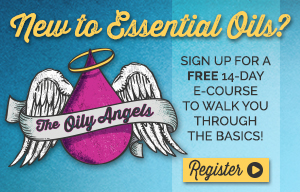
AND, want to really get a great head start in learning more about essential oils? You can sign up right here to get the new FREE Essential Oils 101 eCourse sent straight to your inbox! You’ll learn everything you need to know about essential oil basics and how to use them in your home, all taught by a team of my favorite fellow oily bloggers. Have fun!
Pin It!
Click to pin this post on Pinterest:
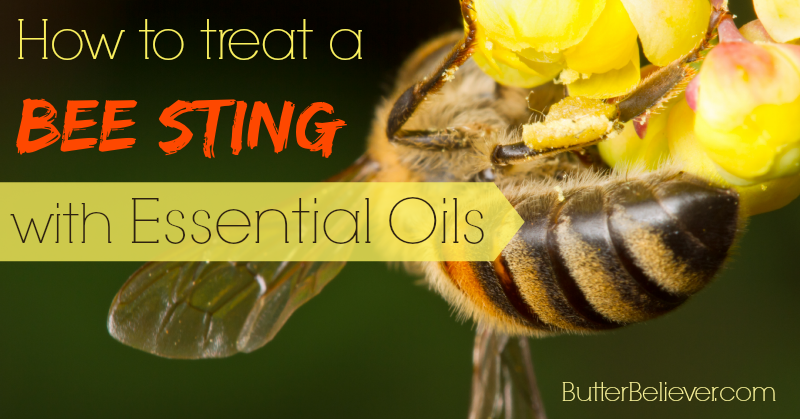
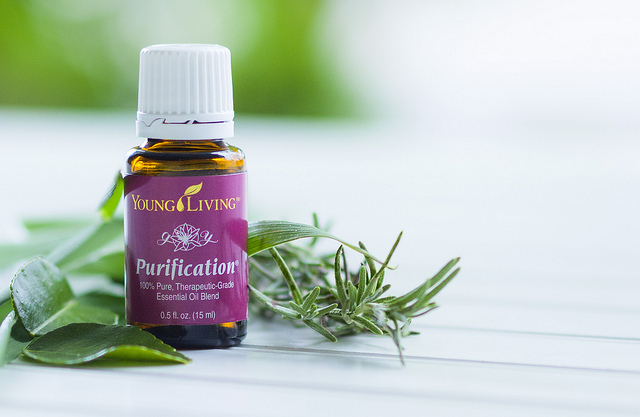
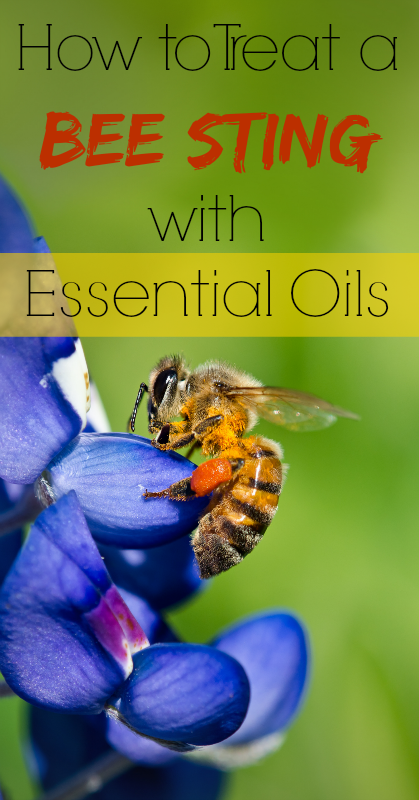
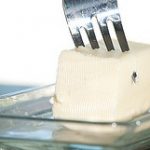


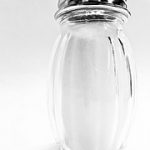
Thanks – I was just looking at stuff for bee stings… would like to do this in a roll-on bottle with a little carrier oil and a mix of the oils to have on hand and be able to use on my little ones…what would be a good carrier oil for this application?
Great idea! I tend to use sweet almond oil more than any other carrier.
Have to try this!